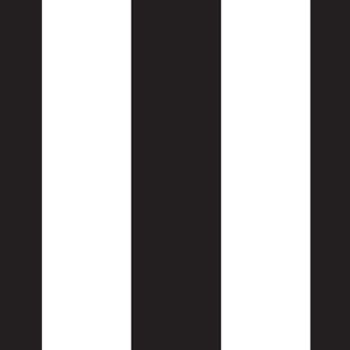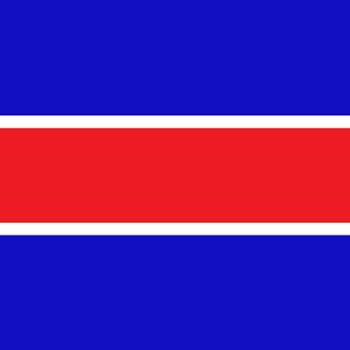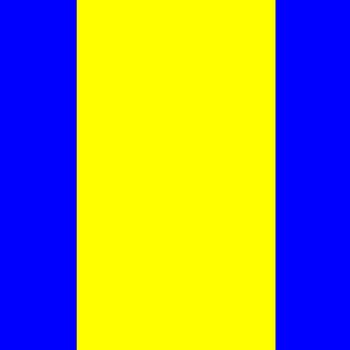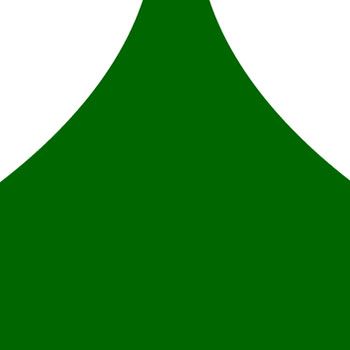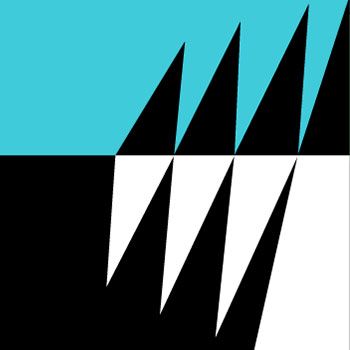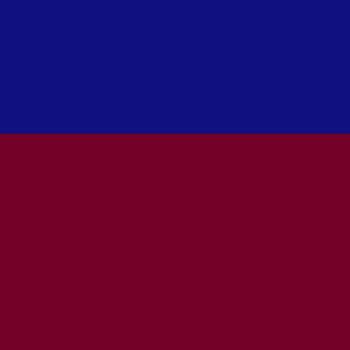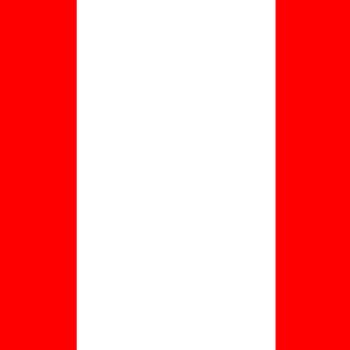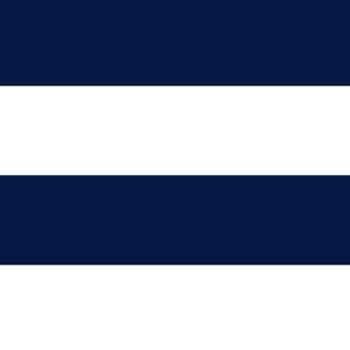Echuca’s Les Kew Ming: the longest kick in Victoria
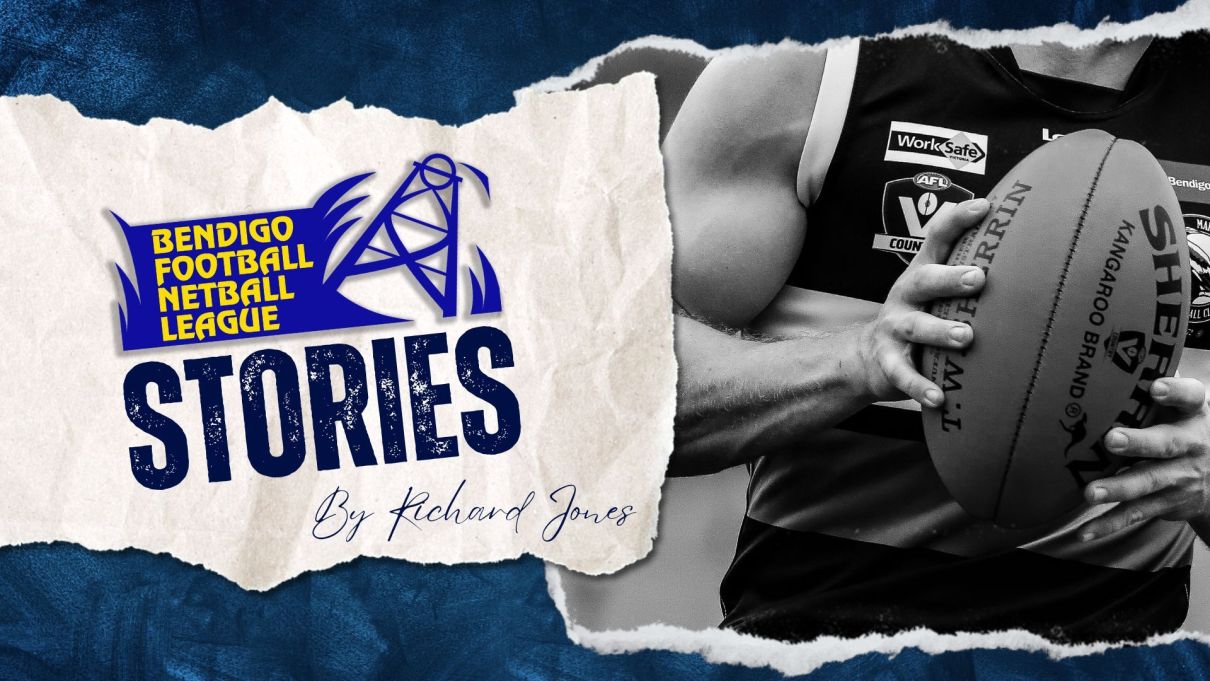
In late September 1928 a mixed group of officials gathered at Echuca’s Victoria Park to measure the kicking skills of a Murray Bombers player.
Les Kew Ming’s punts and drop kicks were watched by a mix of onlookers: club officials, Sporting Globe representatives, curious Echuca club supporters and most importantly, a licensed surveyor.
The surveyor was there to measure and certify the exact distances of Les’ kicks.
He’d been unable to make the kicking contest finals, at the MCG organised by the Globe hierarchy, because of work commitments and so missed measuring up against long kickers from the then VFL, the VFA, Victorian country club representatives and even one competitor from the Newtown club in Sydney.
So how did Mr. Kew Ming perform? Well, after the lines were marked out Les unleashed a 67 metre punt, followed up by a 66 metre drop kick.
In terms most of us would recognise that’s 219 feet. Wow. And that drop kick sailed to a length of 216 feet, 6 inches.
The next day at the MCG the best long kicks in the country couldn’t even get close to Kew Ming’s mammoth levels.
Geelong’s George ‘Jocka’ Todd (232 games for the Cats) managed 59 metres in the punt kick.
Best in the drop kick was Williamstown’s A. Bliss who managed 59 metres to finish a distant second to Les.
The day after the MCG the Sporting Globe (known as the ‘pink’ paper when I was growing up) published a story which said, in part, “the kicking was a triumph for L. Kew Ming of Echuca who won both the punt kick and drop kick competitions.”
Les received a £25 ($50) prize for each kick. The Globe’s story went on to state that the longest kicker in the land was a Chinese Australian from a small northern Victorian country town.
Back in Les’ home town the Echuca-based daily Riverine Herald said “his kicking ability is well known to Echuca and district residents, and the BFL overall, so it needs no eulogy in these columns.
“His success goes to prove that all champions are not found just in the metropolis.”
So where did Les Kew Ming hail from? Well, he was born in St. Arnaud in 1897 with his father Kew Ming Lok hailing from Kwangtung --- now known as Guangdong province.
His mother Louisa Cum Moon was born in Minyip from a Chinese father and an Irish mother.
North St Arnaud was where Kew Ming had settled to run a market garden and a store.
He was reportedly a popular figure in the town, according to local media, as he travelled to houses and farms in a horse and buggy to deliver his market garden’s produce: fresh tomatoes, cabbages, cauliflowers, carrots and other root vegetables.
St Arnaud was an important town for the Chinese community as there was a thriving Chinatown just north of the town centre.
Many had stayed on after the 1850s gold rush with a number returning to St. Arnaud from Bendigo and other rich mining districts.
In fact, the St. Arnaud town name was originally ‘New Bendigo’.
But on the 22nd December 1900 the St. Arnaud Chinatown burned to the ground along with Kew Ming’s All Nations Hotel.
Three-year-old Les Kew Ming and his family escaped the blaze and a later decision resulted in no re-building order for St. Arnaud’s Chinatown.
So he ended up with his family 70 km deeper into the Wimmera at the town of Minyip. But not with his immediate family to start with, but his Chinese grandfather Cum Moon.
Les went to school in Minyip and was later apprenticed to his bootmaker grandfather.
Les played for the Minyip footy club which provided a valuable passport to acceptance in the town.
As a 15-year-old Les flourished. There’s even a photo of Les King Ming at that age in 1912 in the Minyip museum.
And then when World War 1 began Les tried to enlist but was blocked by the Defence Act of 1909 which barred him because of his Asian background.
And then two years later the AIF (the Australian Imperial Force) relaxed the racial restrictions and Les enlisted, went on the troopship Borda to Europe.
By 1917 Les was a corporal and led his men in the Ypres offensive but ended up on the wounded list.
It was during the battle for Broodseinde Ridge that Kew Ming was wounded and by late 1917 he was back in Australia where he received the prestigious Military Medal.
By 1919 Kew Ming had returned to Minyip to live and work with his grandfather Cum Moon.
And although he briefly re-joined the Minyip Football Club he decided to make a move and ended up in Wedderburn.
Les quickly became a star at the Wedderburn F.C. and was a key player in the club’s 1920 Korong Football League premiership victory.
He was 22, in great shape via his work in the newly-opened bootmaker shop and through his match-winning effort in that 1920 grand final win was approached by the North Melbourne Football Club.
Les accepted the Shinboners’ offer and moved to Melbourne to play in the VFA. [As a note to readers: North, Hawthorn and Footscray weren’t accepted into the VFL until 1925.]
He passed the young footballer’s dream early in his career at North. The big fashion back then was to have your photograph on a cigarette card and Les achieved that for the start of the 1922 season.
That VFA season Les’ efforts were reported on reasonably regularly.
The Smith’s Journal (no, I’ve never heard of that publication, either) said: “Kew Ming, North Melbourne’s brilliant half-back, turned in a spirited performance against Hawthorn.”
He must have done very well. After the match an elated North supporter approached Les with a ten shilling note to reward him.
Astonishingly Kew Ming turned down the offer and directed the Shinboner supporter to hand over the ten shillings to ‘Johnny’, an unemployed teammate who was suffering financial hardship.
North made the finals, but lost to Port Melbourne with Les Kew Ming named among the best six for the losers.
Worse was to come. During the 1923 season Les broke a finger and later his collarbone.
The Argus newspaper in one column reported on “Kew Ming’s unfortunate year.”
And so Les Kew Ming made his next move.
It was off to Echuca, marrying his partner Vera, opening a bootmaking business and joining the Echuca Football Club.
He’d always been a very quick runner and to begin off-season training he entered the summer circuit of Gift sprint handicap races.
In 1925 Les won the Shepparton Gift so by winter he’d made the Echuca full-back position his specialist spot.
The booming kick-offs from full-back or from general play across the half-back line became famous right through the BFL.
In 1927 he was in the BFL’s best in a heart-breaking one-point loss to a VFL representative side. But the best was still to come.
With legendary ex-Port Melbourne star George Ogilvie as coach Echuca won the 1928 flag by five points: Echuca 11.9 (75) def. C’maine 10.10 (70).
The Riverine Herald reported that Les ‘cleared brilliantly’ and dazzled Echuca fans with his ‘exciting dashes from goal’.
He was also ‘instrumental in saving the day frequently’ and ‘repulsing attacks’.
“The way he picked the ball up off the ground in one motion was one of his most outstanding features.”
With acknowledgement to Patrick Skene’s Celestial Footy: The Story of Chinese Heritage Aussie Rules.
Contact the author on
